First came the Ishigaki-teien, a mass of soaring limestone rocks, judiciously placed cycads and two lines of highly concentrated fukugi, the closely-matted leaves of the trees traditionally used in Okinawa as typhoon barriers. Owned by the Ishigaki family, who have lived on the island of the same name for generations, the dry landscape garden created in 1800 is, sadly, not open to the general public.
The Miyara Dunchi, created by the same designer some 19 years later, is a worthy and accessible alternative. The layout of the Ishigaki-teien is said to be masculine, Miyara Dunchi to have a more feminine character. One can sense the difference, the yin and yang of these two Chinese-influenced works, in the bold, erect rock groupings of the first, the more subtle complexities of the latter.
Located along a lane in the old quarter of the port town, the garden's high coral wall and entrance gate are easily picked out. The island name of Ishigaki, in fact, translates as "stone walls." Like the dry walls found in rural parts of northern England and Wales, no sealing is used to hold the stones in place.
When I arrived, Yoshiaki Miyara, the current owner of the garden and its residence, was dispensing tickets to the occasional visitor, and sharing bits of family history for those interested. Miyara is the 12th-generation head of the family, and is lucky to be so. A tsunami in 1771 razed the original house and wiped out almost all members of his clan's sixth generation.
The current house, built after the tsunami leveled the original one, is of huge historical importance as it is the oldest extant example of a samurai-style villa in Okinawa. The home and garden were commissioned by Miyara Peichin Toen, a local administrator for the district of Miyara-Magiri, which embraced parts of Ishigaki Island and neighboring Iriomote Island. He in turn invited Gusukuma Peichin, a highly regarded landscape designer from the old capital on mainland Okinawa, to design the garden.
It is a wonder that the salt-encrusted, faintly leprous wood has survived the climate and long usage. Miyara explains that a local hardwood, resistant to white ants, the curse of traditional Okinawan homes, was used in the construction and has served well. For extra reinforcement, Yakusugi (cryptomeria), a cedar wood from Yakushima Island, was used for the room partitions, the only outside timber employed in the construction of the house. The orange roof tiles, in the traditional Okinawan manner, are sealed with mortar to prevent them dislodging during typhoons
As you enter the grounds of the garden, the house is not immediately visible, blocked out by an inner wall known in the Okinawan language as a hinpun. Still seen in many older homes, these Chinese screen walls are placed at the entrance to homes in order to deflect evil spirits, which are thought to travel in straight lines. They have the additional benefit of providing privacy for residents. Immediately behind the hinpun is a shallow pond with a number of water plants and miniature rocks, creating an effect similar to a large-scale suiseki display. Meaning "water stones," suiseki originated some 2,000 years ago in China, where valuable or intriguing stones were exhibited in watered trays.
Fifty years ago, according to Miyara, who lived in this house when he was a child, many of the homes in the district, now subdivided into smaller plots, enjoyed spacious grounds, each residence screened off from the next by rows of fukugi trees. Smidgens of that time remain in a pattern of older coral walls, now surrounding charming but reduced gardens and modest timber homes.
If Okinawan gardens reflect horticultural and climatic differences from Japanese landscapes, they also hint at disparities in cultural preferences and taste. The rock formations at Miyara Dunchi are decidedly more suggestive of Chinese gardens than of Japanese stone landscapes. Where the rocks found in mainland gardens tend to be dark mountain or riverbed specimens, with smooth surfaces that you can comfortably handle, the limestone variety that characterize those in the marine gardens of Okinawa are often rough and jagged, surfaces incised with blowholes and sharp cavities, creating the impression of a natural marine landscape. The massive rock clusters of Chinese gardens, their stones pitted and corroded after long years submerged in the waters of Lake Taihu, similarly resemble complicated, brittle grottoes.
Admittedly, it is a managed effect, but the skill in designing a garden like this is in creating a naturalistic impression, one that, in the case of Miyara Dunchi, is aided by almost 200 years of weathering and climatic seasoning. In the subtropics, the patina of age settles in quickly, plants thriving even in the crevices of rocks.
During the Ice Age, coral surrounding the island helped to create Ryukyu limestone, which forms the design outline of the garden. The Okinawan islands were formed from coral accumulation, so it is appropriate that one of the oldest surviving gardens in the islands should turn to the rock for its structure.
If rocks in the Chinese and Japanese garden represent islands and mountains, in Okinawa they also suggest offshore formations and rocky cliffs. The stone groupings at Miyara Dunchi, modified versions of the interlocking rock piles of China, are softened by lush subtropical plantings. Blessed with an abundance of rain and sunlight, the combination acts as a rich fertilizer, creating the variegated greens of a garden whose plantings always seem glossy and lustrous. Plantings include aspidistra, cycads, bird nest ferns, patches of moss and, outside the borders of the stone arrangement, bougainvillea and red and yellow hibiscus.
To some degree, the garden, not fussily over-maintained, reflects the Okinawan character. The sunlit openness of its compressed landscapes and the absence of introspection and complex Buddhist or Taoist concepts in its design mirror a people not given to metaphysics.
There is very little discussion in Japanese garden circles about Okinawan landscape design. Nor are there any books to my knowledge on the subject. This alone makes them worthy of attention. Given the destruction inflicted on Okinawa during World War II, the survival of the Miyara Dunchi makes it an immensely important example of Okinawan garden design.
With the summer heat descending, the garden is a fine place to linger and drift into revelry, even a pleasant subtropical torpor. In a sentiment with which few Okinawans would argue, the Ming Dynasty garden designer and writer Wen Zhenheng stated that gardens should provide the visitor with a setting where it is possible to "forget your age, forget to go home, and forget your fatigue."
Miyara Dunchi is open Weds.-Mon. 9 a.m.-5 p.m. Admission is ¥200. Stephen Mansfield's latest book is "Japan's Master Gardens: Lessons in Space and Environment."



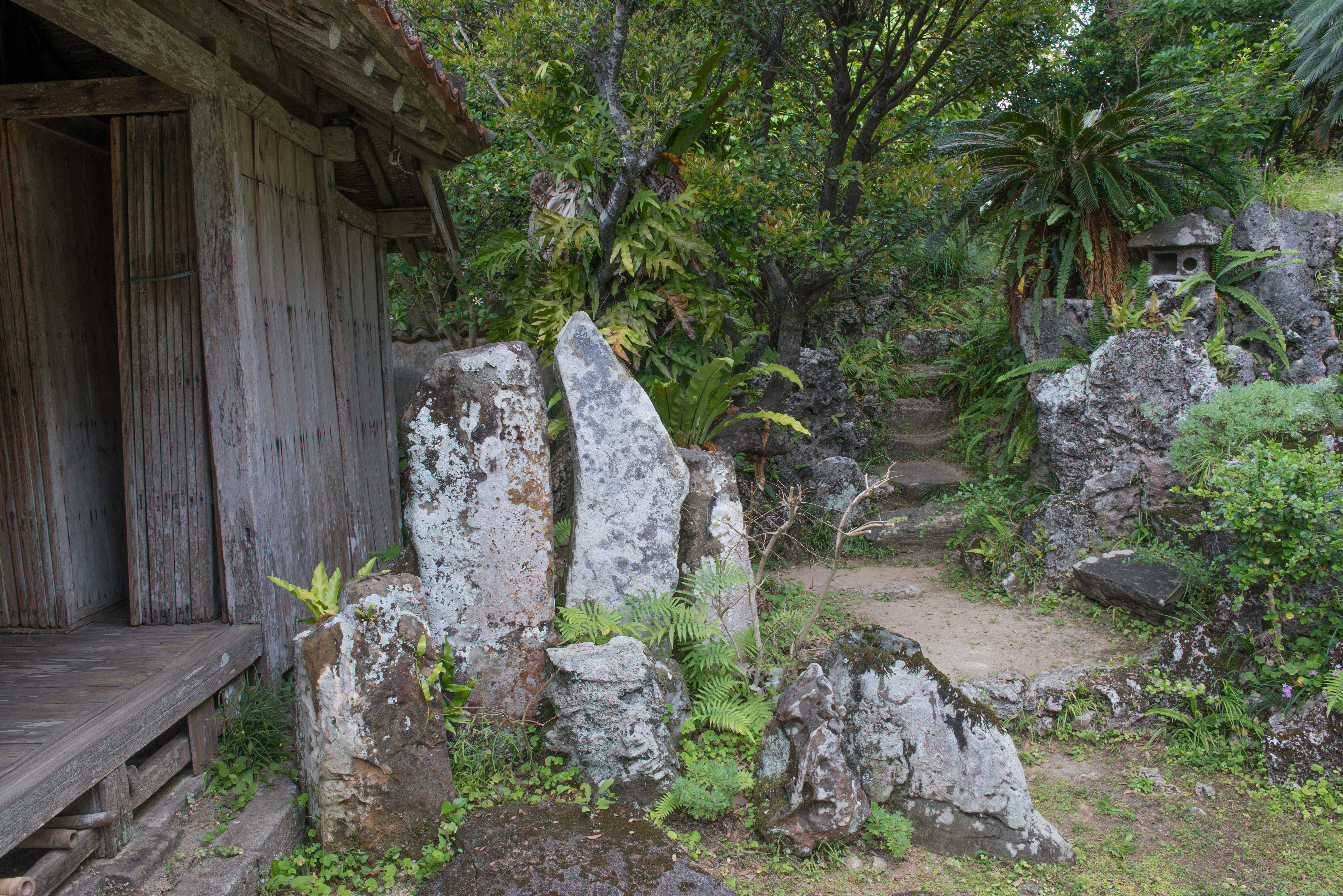
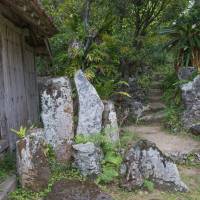
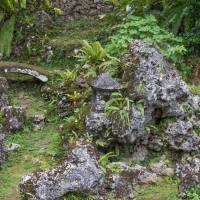
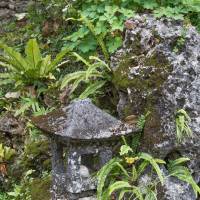
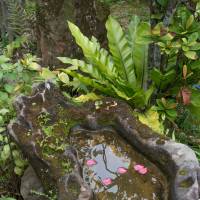















With your current subscription plan you can comment on stories. However, before writing your first comment, please create a display name in the Profile section of your subscriber account page.